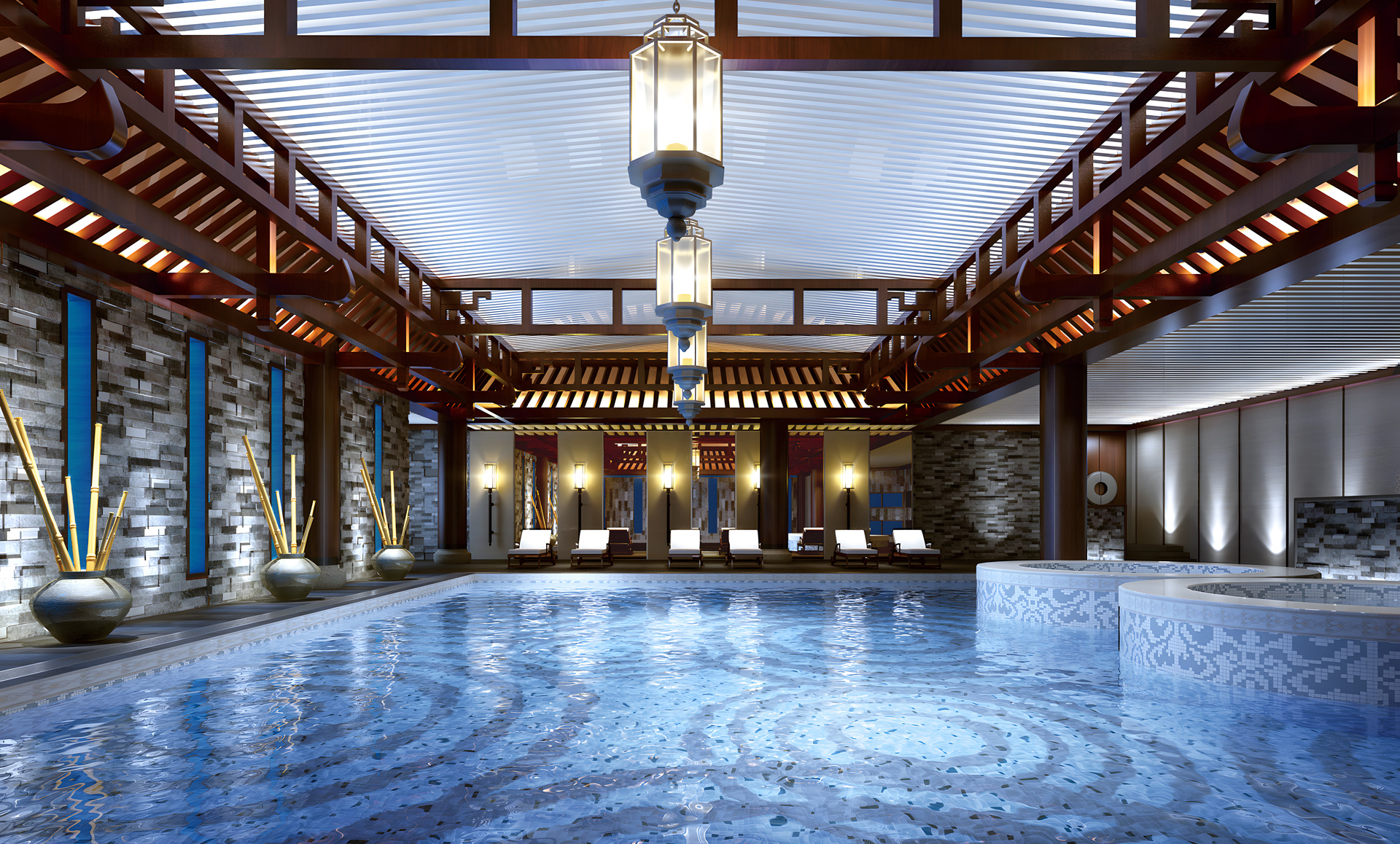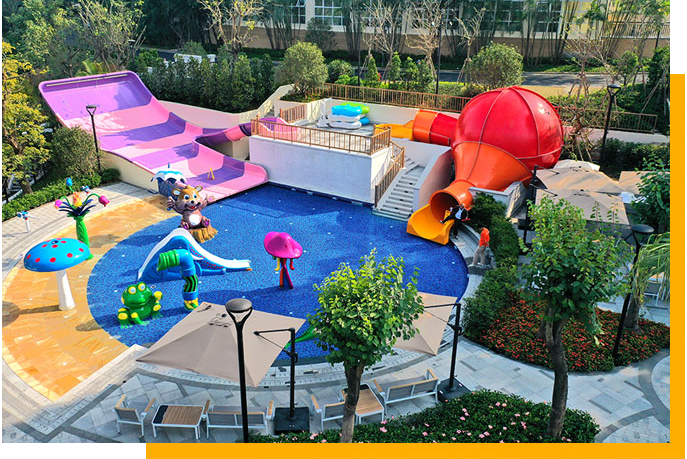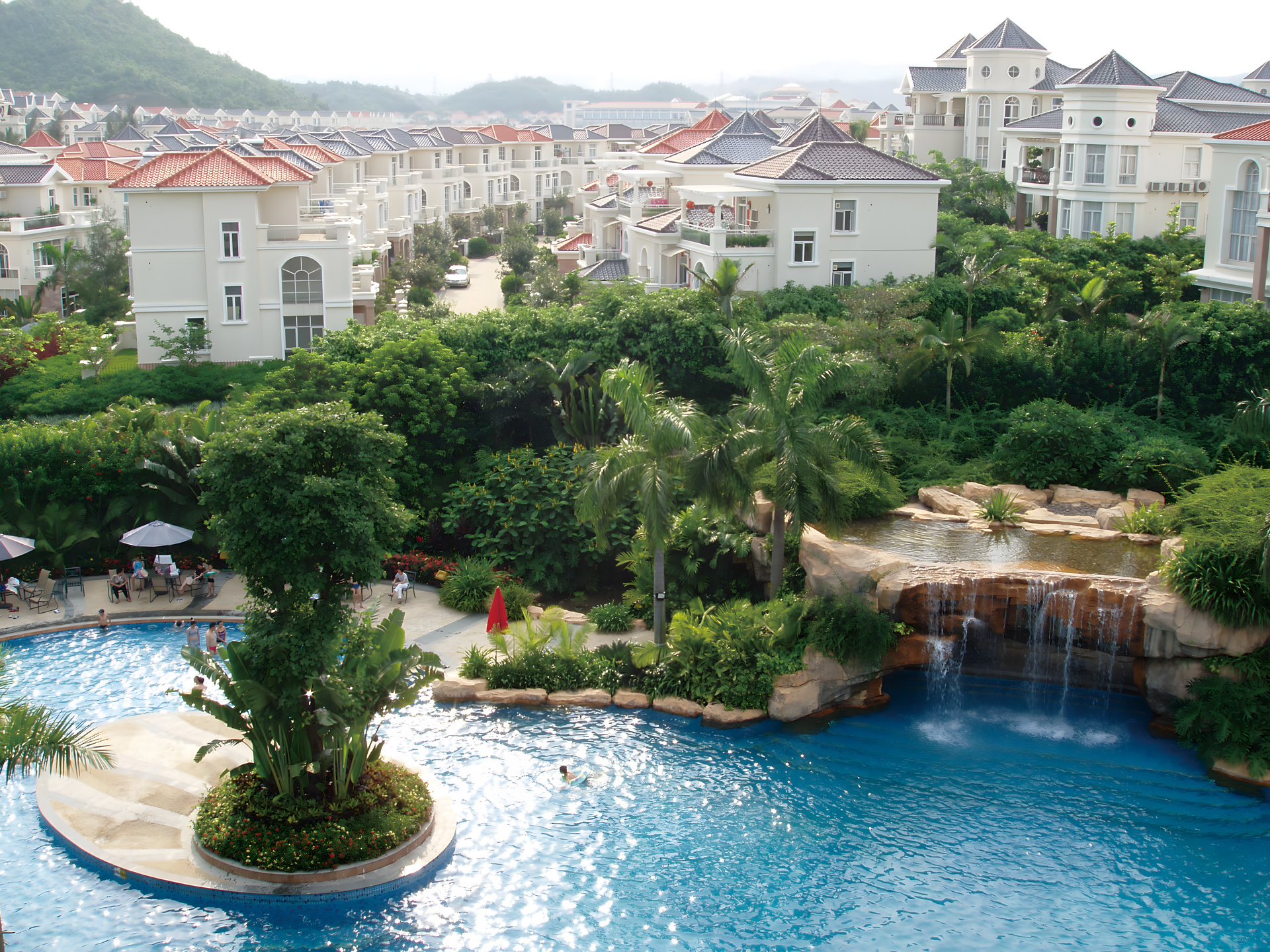Three red lines to pay attention to when building a swimming pool
Published:
2023/05/03
Building a swimming pool is highly professional, involving civil engineering and decoration, water and electricity, and the installation of water treatment system equipment. Focus on three insurmountable red lines in the swimming pool construction process to avoid risks in the later operation of the swimming pool. Treating each swimming pool project with a professional and rigorous attitude is the most valuable quality of swimming pool engineers.

I. Load-bearing Issues of Floor Swimming Pools
1) If a swimming pool is built on a floor, the first problem to be solved is the load-bearing capacity. First, a 1.5-meter-deep swimming pool needs to achieve a net load-bearing capacity of more than 1.5t/㎡. The floor load-bearing capacity of most residential buildings and shopping malls is between 300kg/㎡ and 500kg/㎡. If the floor load-bearing capacity does not meet the requirements (some civil air defense projects have floor load-bearing capacity that can meet the requirements), reinforcement work is needed for the pool. During reinforcement, it is usually calculated according to a reinforcement coefficient 1.5 times the water depth of the pool.

2) For an excavated swimming pool, the possibility of ground settlement needs to be considered. Therefore, when selecting the site, special treatment must be given to the ground foundation (such as pile foundation, good plain concrete cushion, etc.). In addition, it is required that the pool body be cast integrally with reinforced concrete to prevent cracking of the pool during operation due to insufficient ground load.

II. Leakage Prevention Issues of Swimming Pools
Water is a conductor, so the first concern for owners when building and using swimming pools is the safety and reliability of leakage prevention. Therefore, when building swimming pools, we usually consider the power supply and adopt double or multiple leakage protection methods to eliminate the risk of leakage.

1) For electrified equipment in the pool, such as wall lamps, underwater lamps, or other functional equipment, it is recommended to use safe low-voltage 12V or 24V equipment. For the water pump motor in the equipment room, it is recommended to use a centrifugal pump with water and electricity separation. All electrified equipment in the equipment room needs to be grounded.
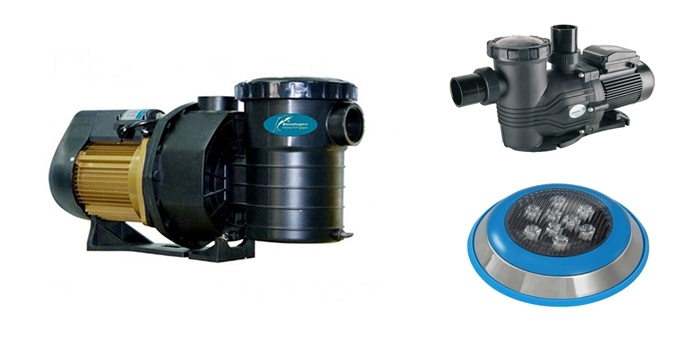
2) Leakage protectors and grounding devices are installed in the electrical control system of all pool equipment. Once a short circuit occurs in the underwater wiring, the leakage protector will act instantly and trip to protect.

3) The main reinforced steel of the pool, all metal objects such as the equipment room, the metal shielding layer of the cable, the zero line of the power system, and the grounding wire of the building are uniformly connected using electrical connection methods (welding or reliable conductive connection) to make the entire building a good equipotential body. This plays a very important role in lightning protection and electrical safety.
 III. Waterproofing Issues of Swimming Pools
III. Waterproofing Issues of Swimming Pools
If water leakage occurs in the pool, it will cause great losses. In addition to economic losses in terms of water volume, serious situations will directly affect normal operation. If not dealt with in time, long-term water leakage in the pool will directly affect the pool structure itself. Most pools are separated from the equipment room by only a wall, and in severe cases, it may even lead to flooding of the equipment room and water ingress into the equipment. Therefore, the structural waterproofing of the civil engineering pool is the key point of the entire pool waterproofing construction.

First, when the pool structure is cast, reinforced concrete with a strength grade of C30 and a waterproof grade of P6 or higher should be used, and the structural pool walls and bottom should be ≥200mm. The use of bricks for masonry is strictly prohibited. Secondly, the consolidation work must be done well during casting to avoid honeycomb or cracks in the concrete structure in the later stage. Before waterproofing construction, the base layer work must be completed, and the yin and yang corners, pipe roots, and overflow troughs should be inspected and processed. It must be flat, dust-free, and free of construction waste. Secondly, when the pool pipes are pre-embedded, pressure testing must be carried out to check the pipe sealing.
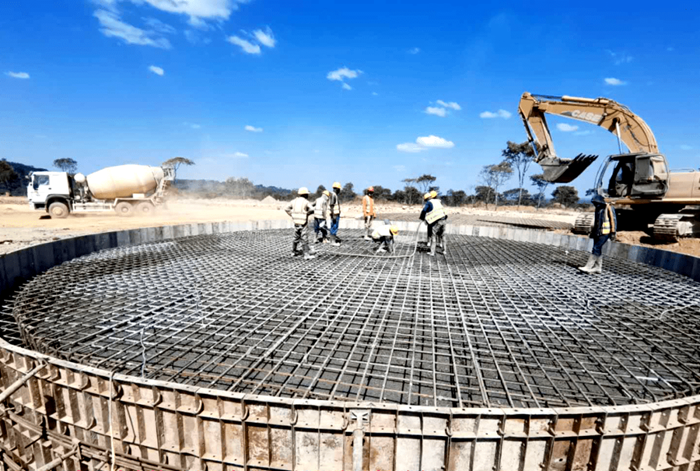
Finally, the pool waterproofing layer work should be done well. Choose a mature and experienced construction team for waterproofing construction, and use high-quality waterproof materials to brush to form an overall waterproof layer that resists deformation. After the waterproofing work is completed, the pool must undergo a comprehensive water closure test. Only after passing the test can the possibility of leakage be ensured.

keywords
Previous
Let's collaborate to build a better future together!
Shop 1, 2, 3, No. 31 Nan'an Road, Nanyuan Street, Liwan District, Guangzhou City
Copyright © 2025 Guangzhou Huidi Swimming Pool Spa Equipment Co., Ltd 丨 SEO


